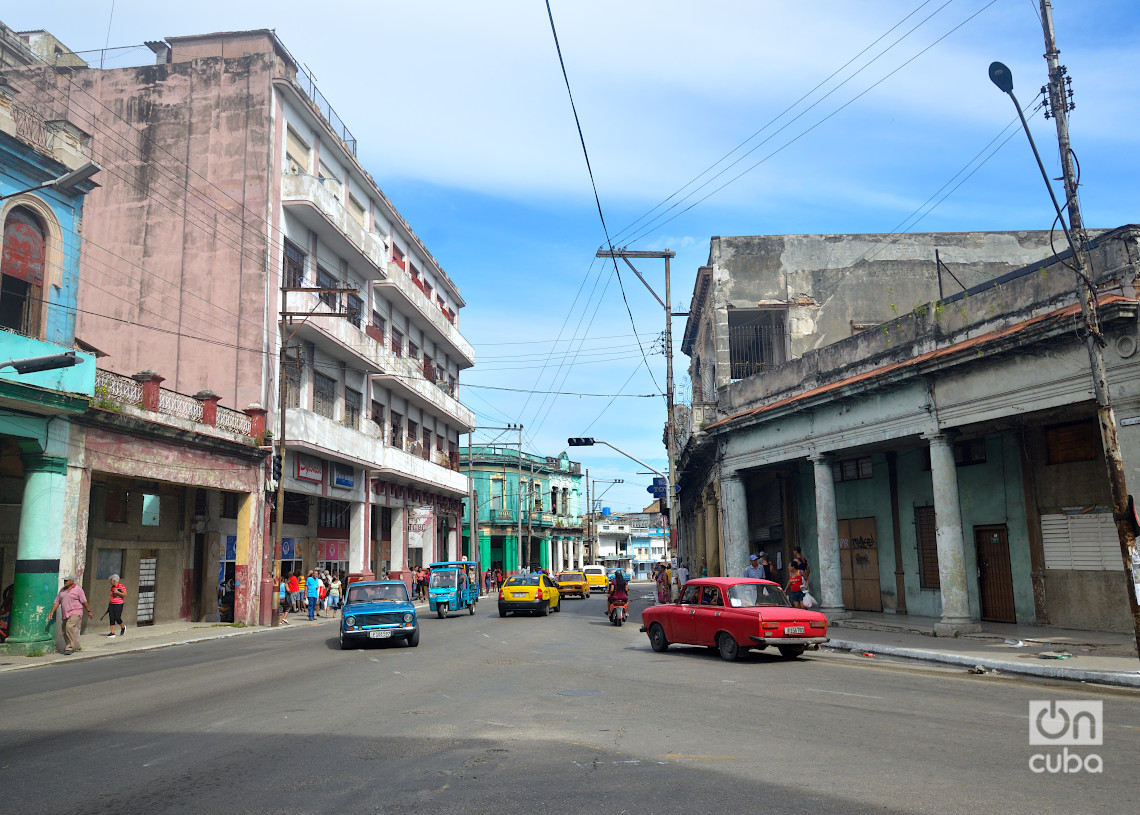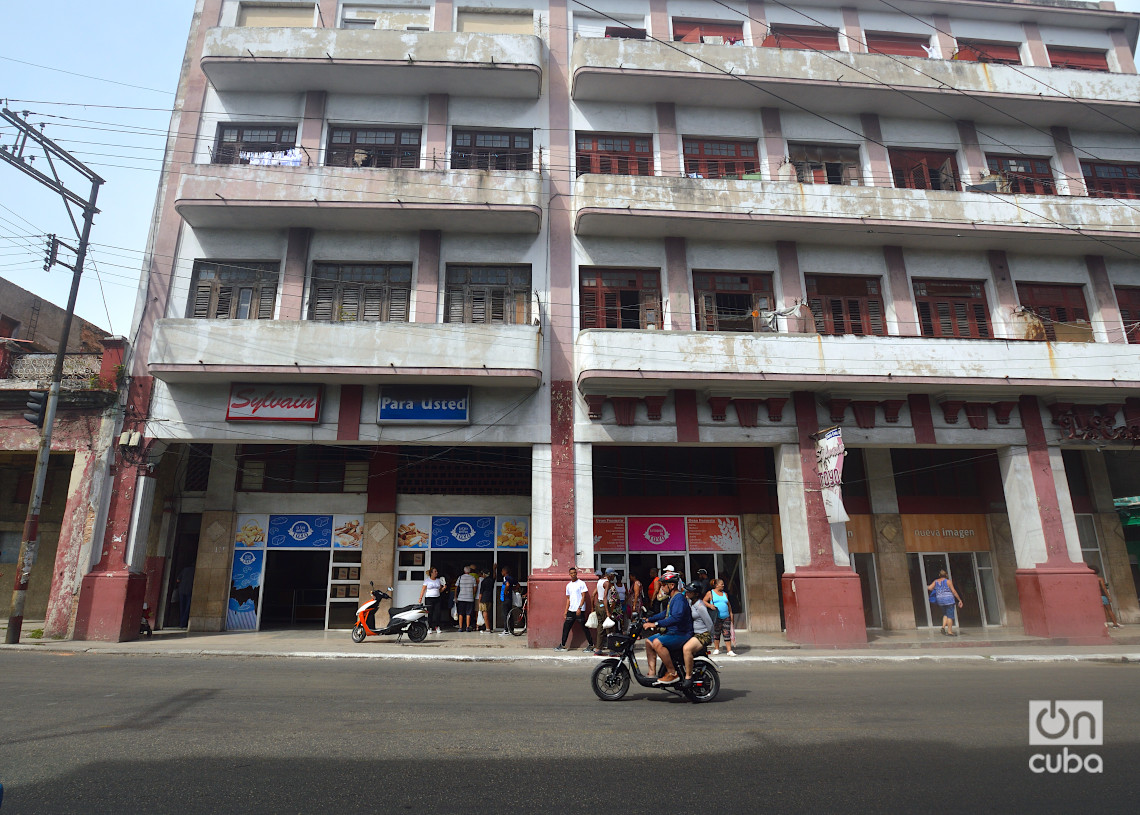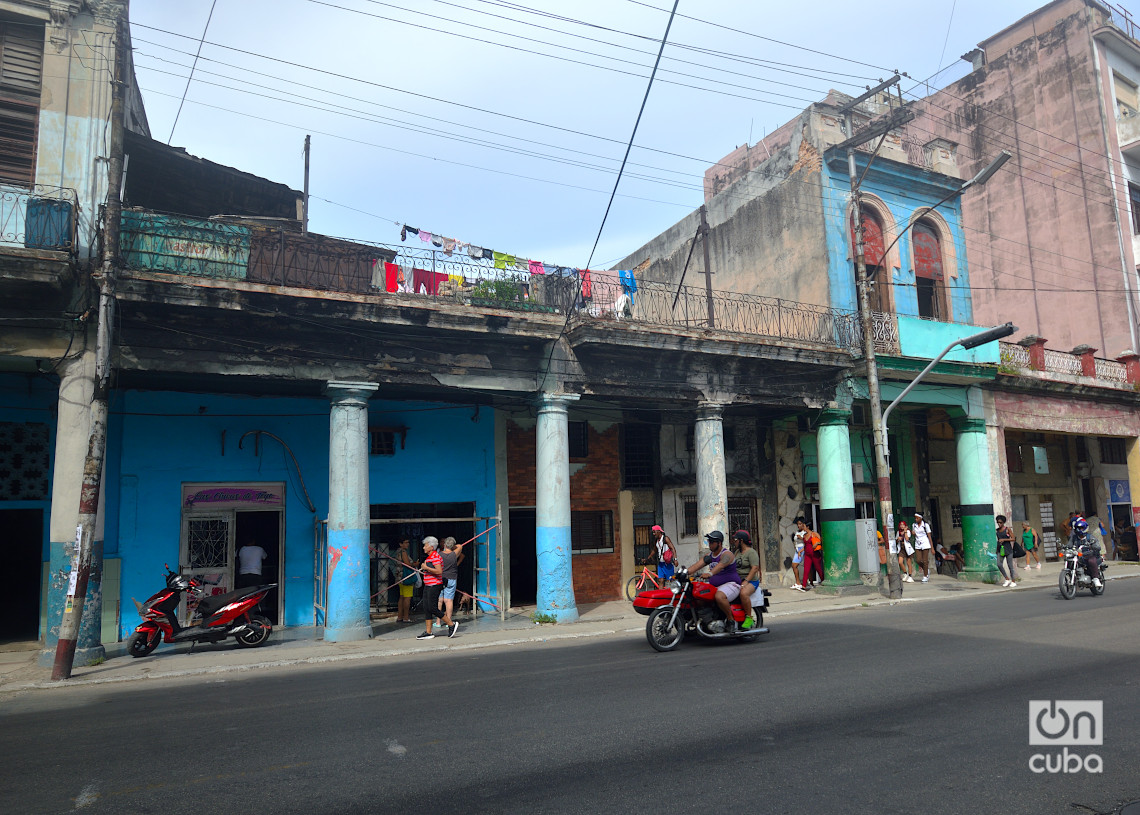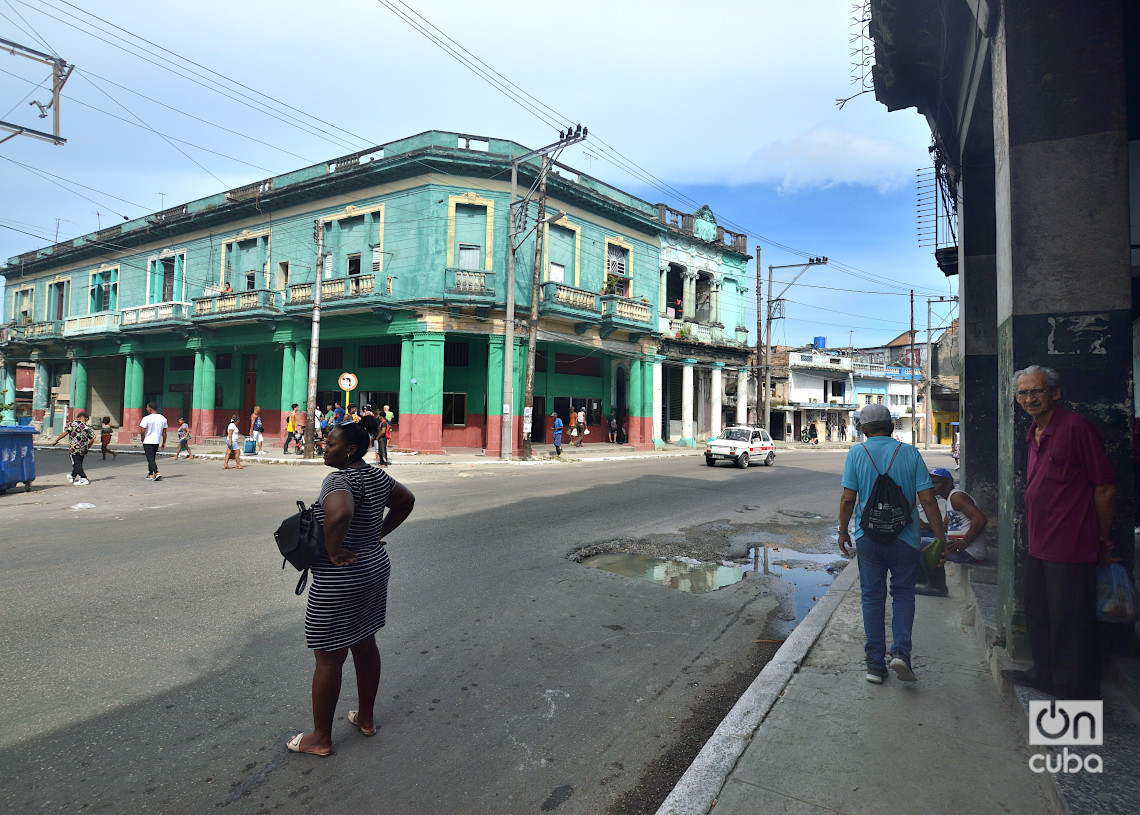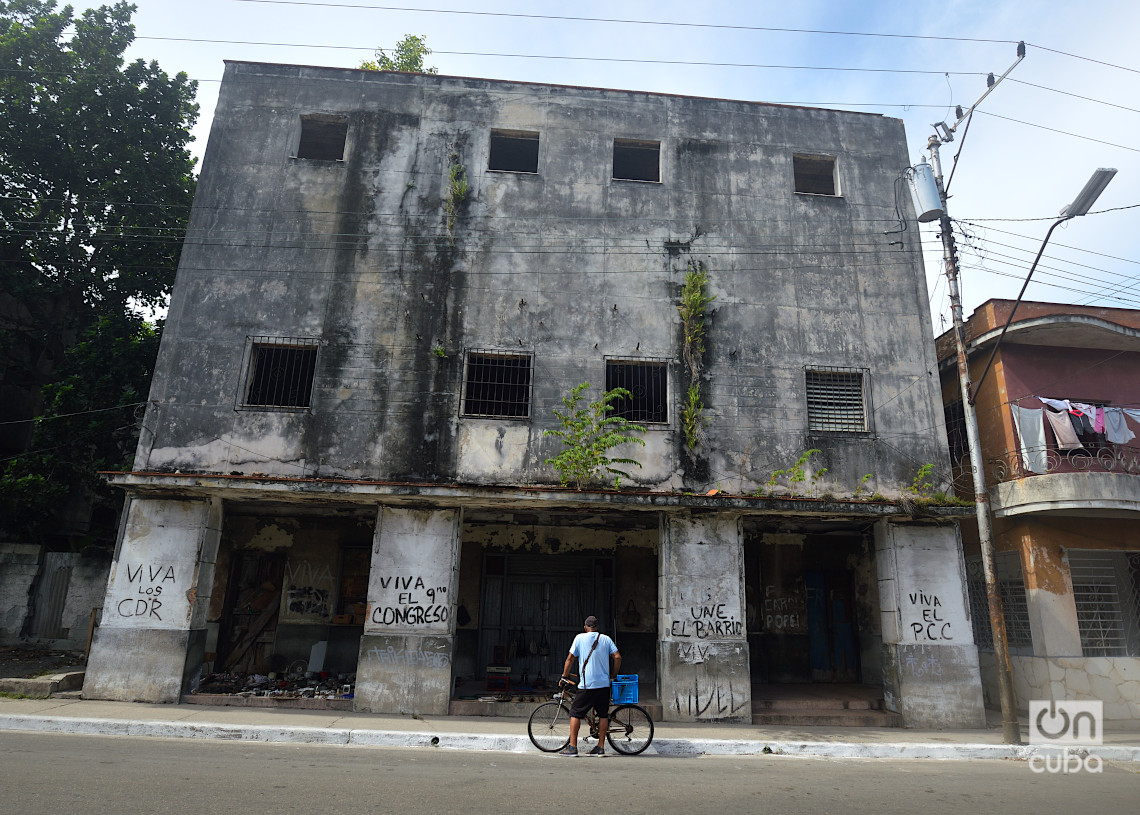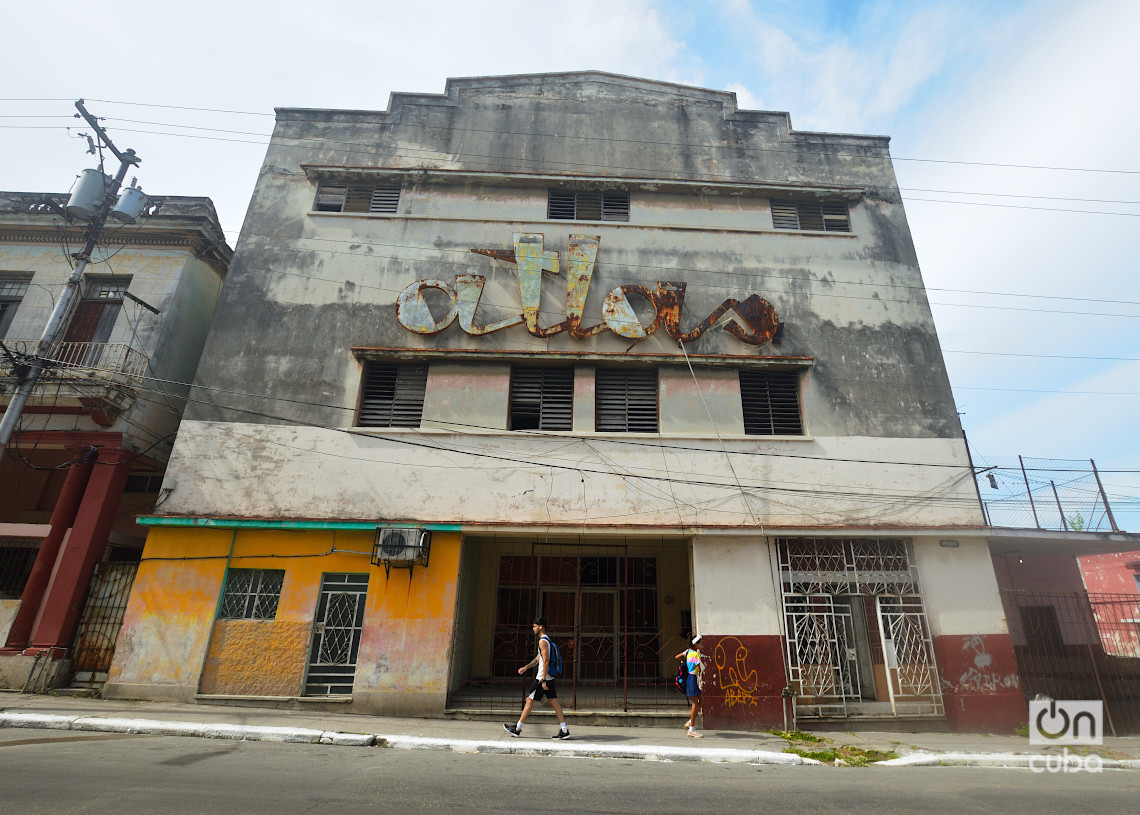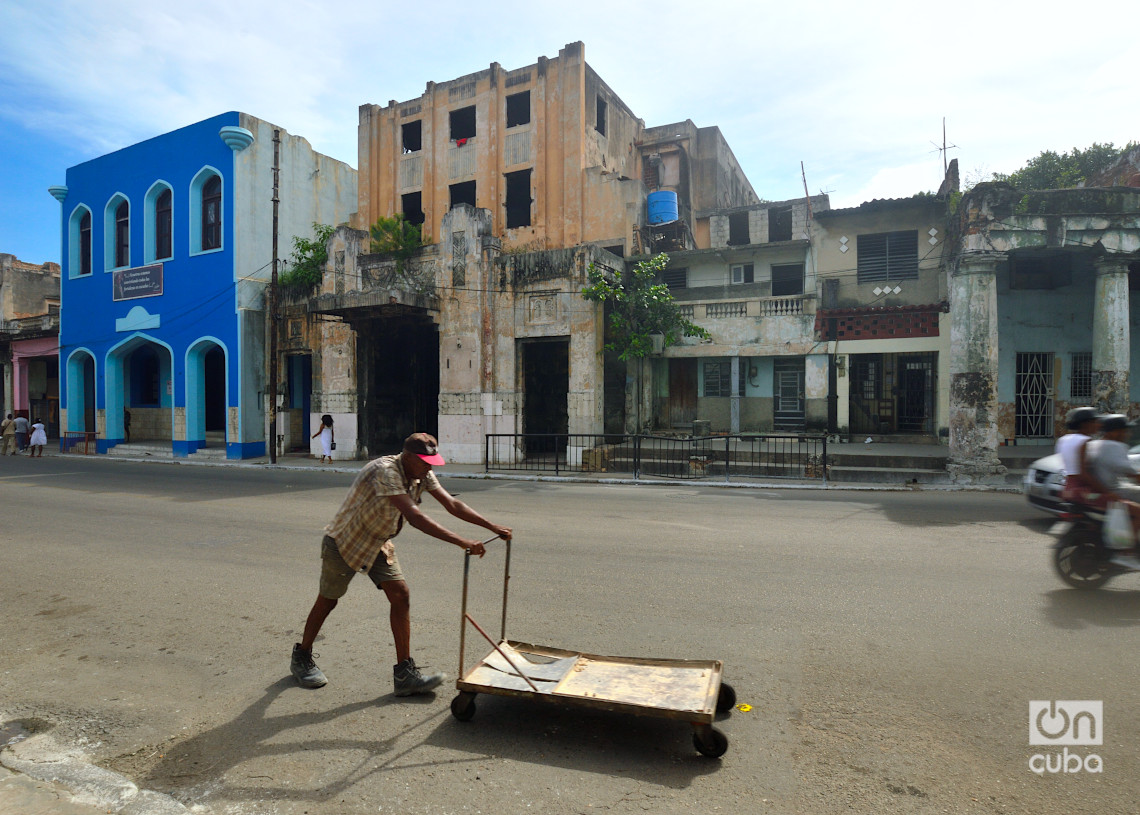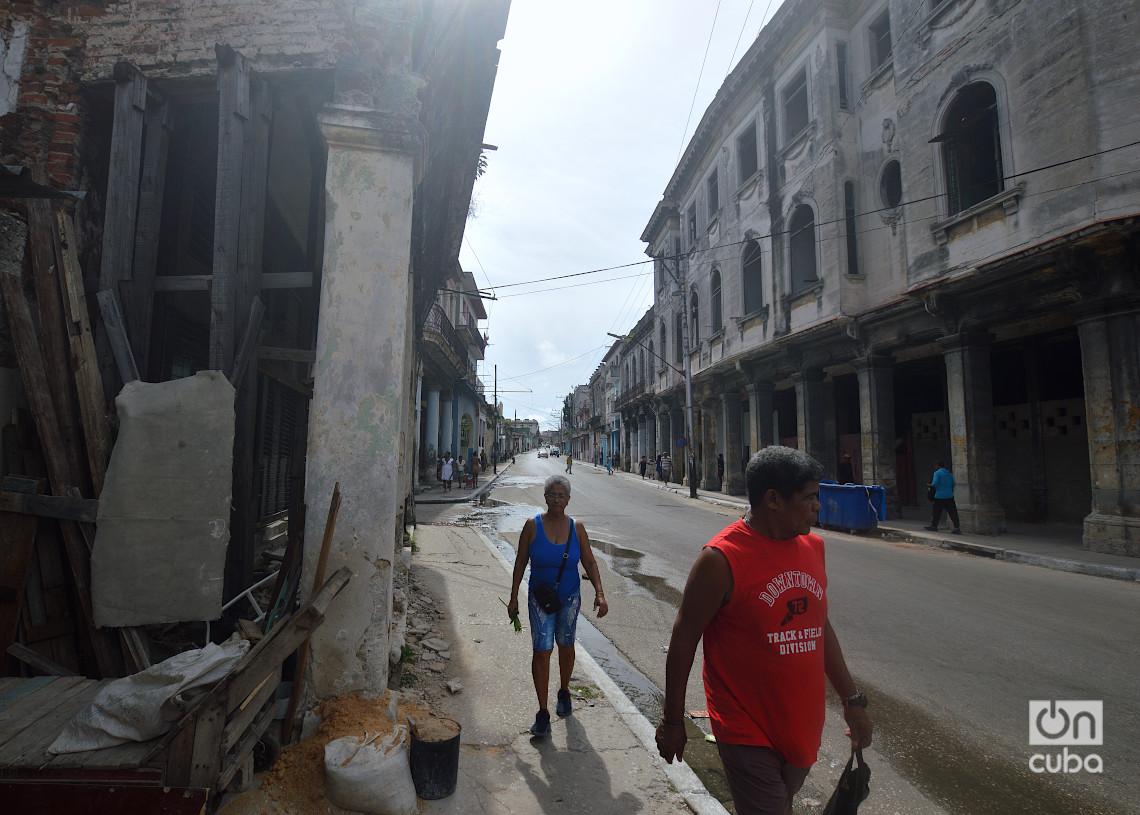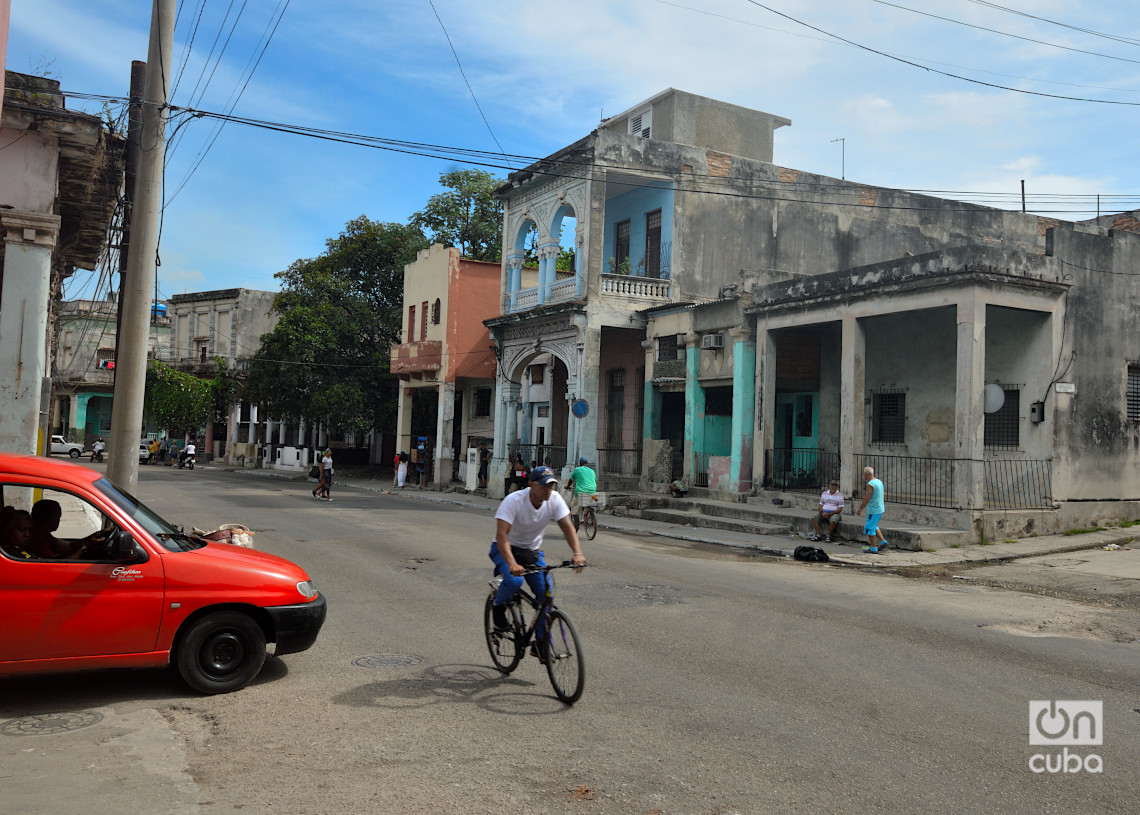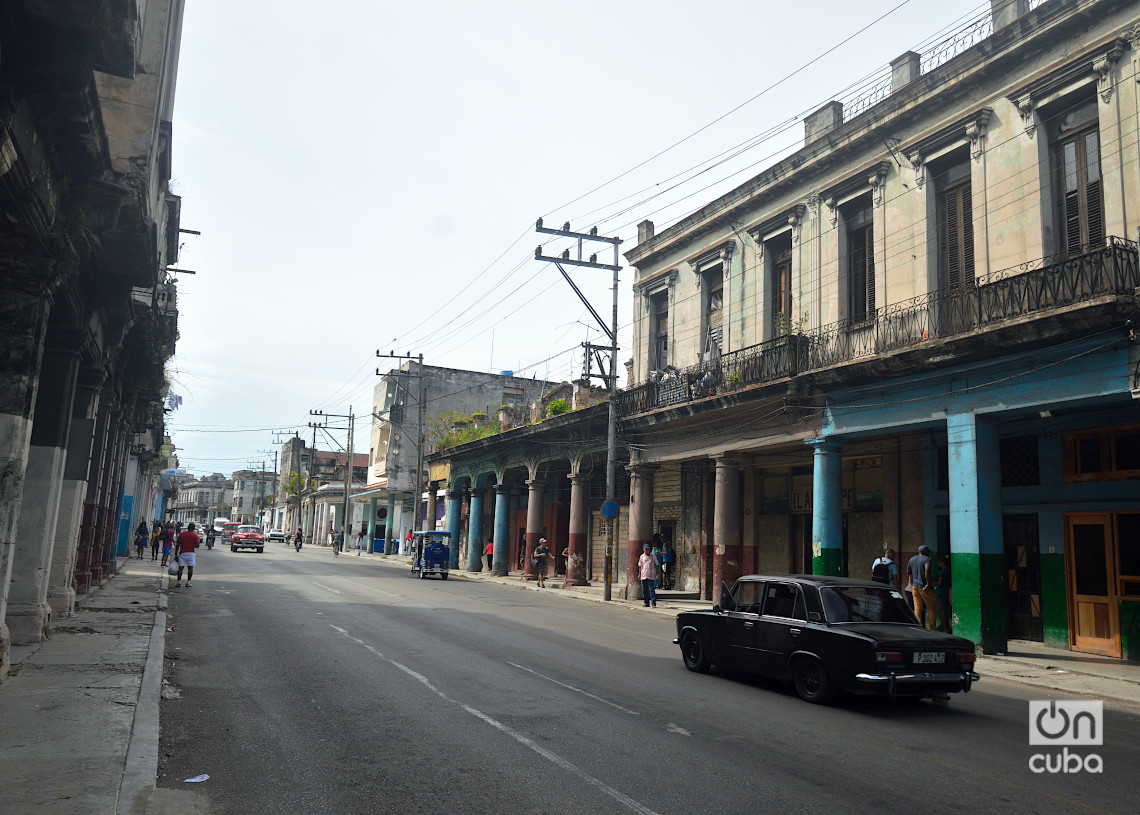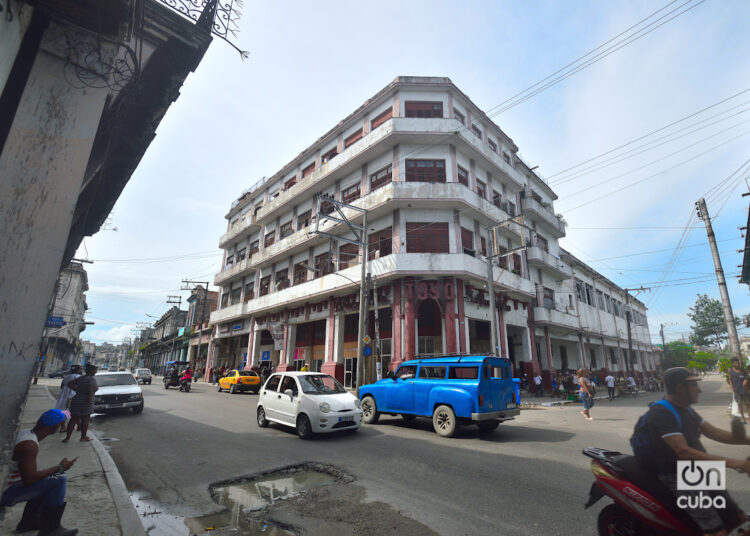The Toyo Corner is one of the most famous corners in Havana. It was and still is, although for different reasons, for reasons anchored in the memory and the inclement daily life, where the populous streets of Diez de Octubre and Luyano converge.
Its current fame, mostly, is a legacy of the past, a memory of distant times when it shone for its urban prestige and, above all, for its gastronomy, for its famous smells and flavors throughout the capital of Cuba and also throughout the island and beyond.

Toyo was the setting of a famous bodegón, which is said to serve the best Galician broth in Havana. It also had a bakery and a type of bread that gave it its name, named after the surname of its creator, in a history that dates back to the first half of the 19th century.
But, in gastronomic and commercial terms, the famous Havana corner was much more. Its fame was also based on fine sweets, breads with suckling pig and other sandwiches, tamales and Creole food, fried foods and soft drinks, Chinese soup, and fried rice, and many other foods that were sold in the different vendutas and fondas that settled in the place.
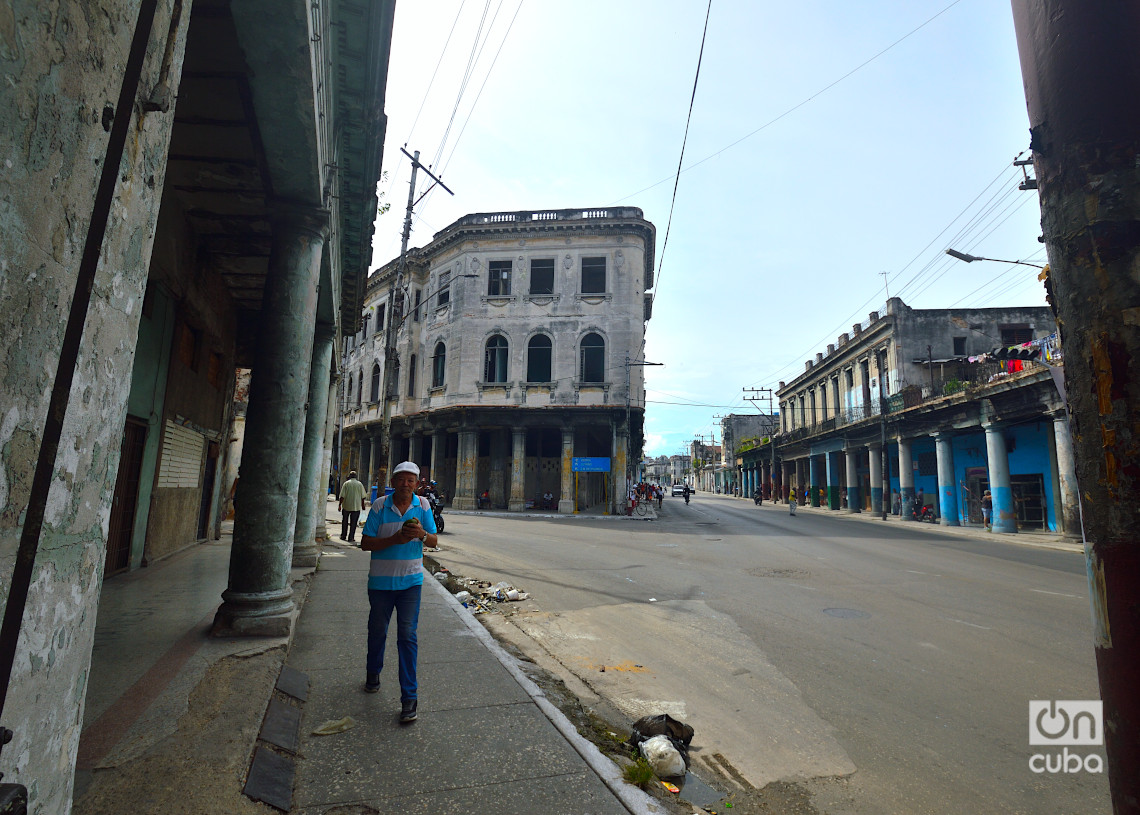
La Esquina de Toyo was also known for its stores and movie theaters. Among the latter was the Moderno, considered the first Art Deco cinema in the country. There were also the Dora and Atlas movie theaters, which, like the first one, have long since ceased to be what they once were and are barely surviving, one better than the other, as is the case with many other once-beautiful buildings in the area.
Toyo was also home to one of the two police stations on the Diez de Octubre Causeway; like the other, it was converted into a school. And, as a historical curiosity, in a building of its well-known knife lived the then sergeant Fulgencio Batista in 1933, when he would jump to fame to become the strong man of the Army and future dictator of Cuba.
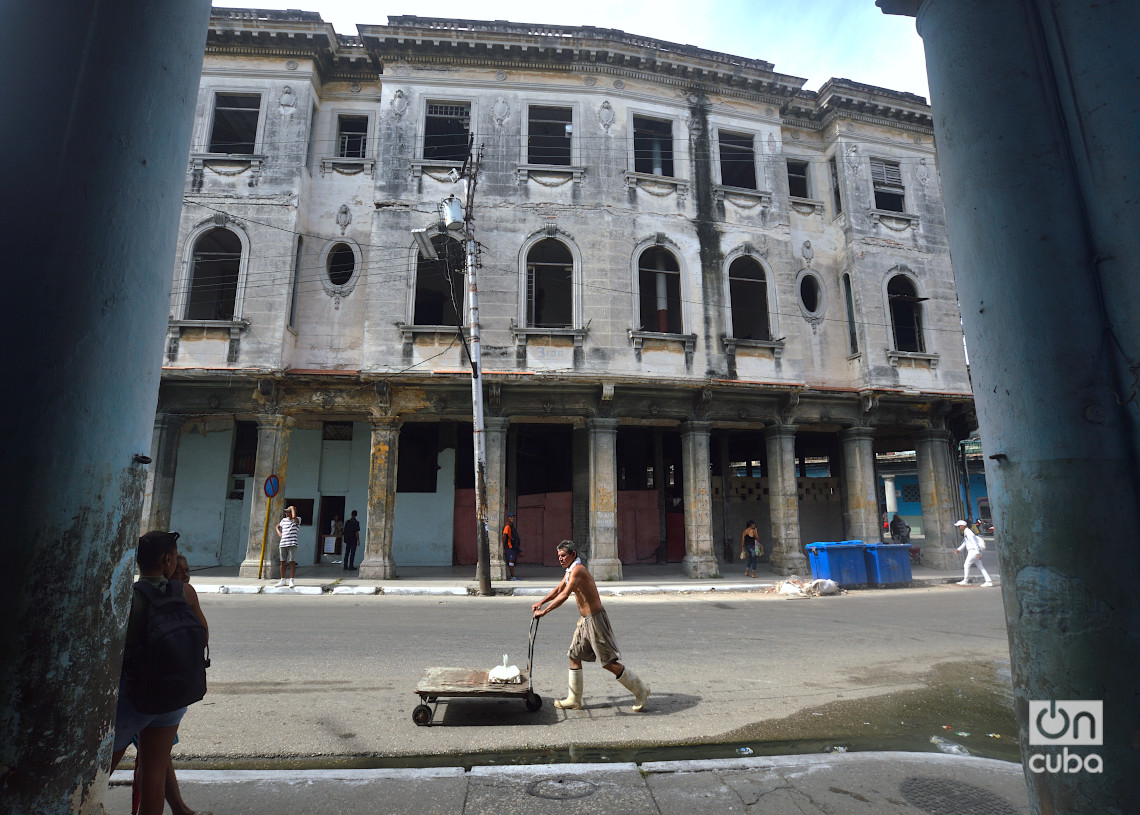
La Esquina de Toyo is not today, not by a long shot, what it once was. If anything, it is a vague shadow of its past, diminished by the crisis and neglect, by the constructive ruin and dirt. It has not lost, however, its place in the collective memory of Havana’s inhabitants, nor has it lost its daily bustle, its constant traffic of pedestrians and vehicles moving in different directions.
For those who move between La Víbora, La Virgen del Camino and downtown Havana, and also to and from other parts of the city, the Esquina de Toyo is a must, a fundamental node, accompanied by the everlasting transportation crisis and the nostalgia of its glory years. This is how Otmaro Rodríguez shows it to us, in his usual Sunday photographic tour.
